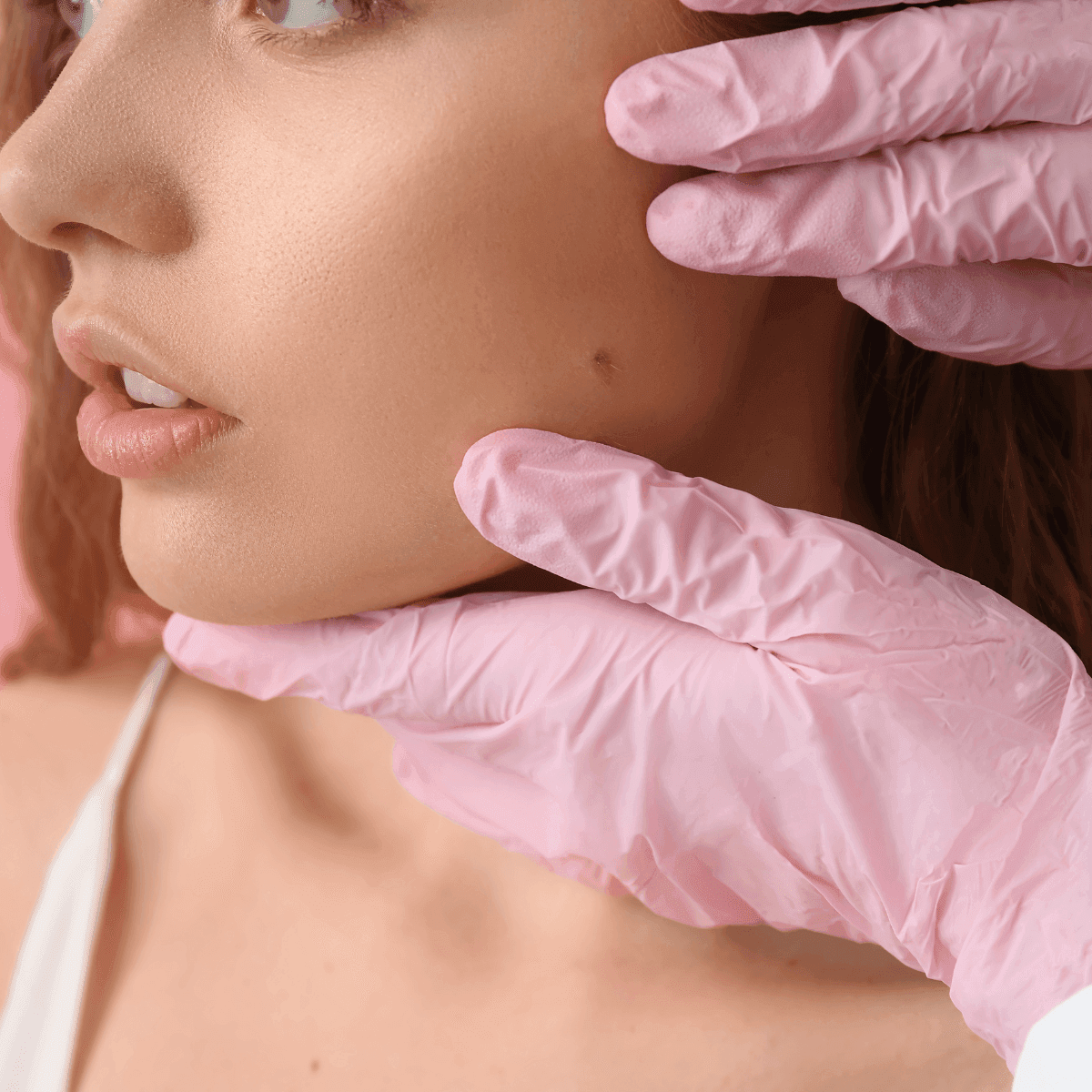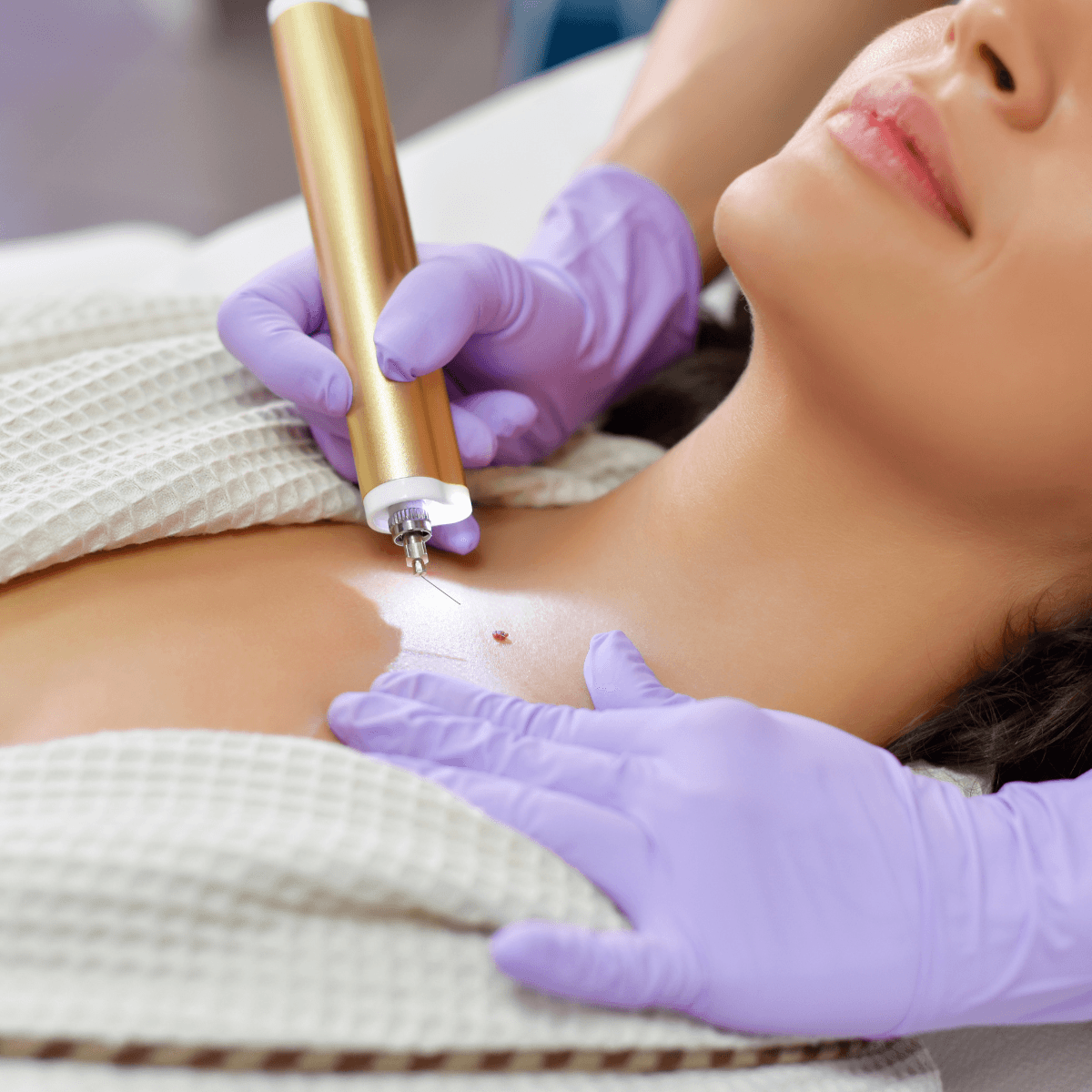Your skin is more than just a canvas for makeup, skincare, and beauty treatments – it’s your body’s largest organ, and it deserves as much care and attention as the rest of you. While we all love a sun-kissed glow, prolonged sun exposure without protection can lead to serious consequences, including skin cancer.
Skin cancer is one of the most common types of cancer worldwide, yet it’s also one of the most preventable. And here’s the best part: when caught early, it’s highly treatable. That’s why being aware of the early signs is non-negotiable. Think of it as part of your self-care routine – right up there with serums, facials, and SPF!
So, let’s dive in and talk about the signs you shouldn’t ignore, how to check your skin, and what you can do to keep it healthy and glowing.
Contents
Understanding Skin Cancer
Skin cancer isn’t just something that happens to people who spend their lives baking in the sun. It can happen to anyone, no matter their skin tone or how much sunscreen they slather on. But what exactly is it?
Skin cancer occurs when skin cells grow uncontrollably, usually due to DNA damage from UV exposure. This can result from too much time in the sun, frequent tanning bed use, or even just unlucky genetics. While not all skin changes mean cancer, some could be a red flag.
There are three major types of skin cancer, and knowing the differences can help you recognize potential warning signs:
- Basal Cell Carcinoma (BCC): The most common but least aggressive type. It usually looks like a shiny bump, pink patch, or sore that won’t heal.
- Squamous Cell Carcinoma (SCC): This type is a bit more aggressive and can appear as a scaly, red patch, rough bump, or an open wound that bleeds or crusts.
- Melanoma: The most serious form of skin cancer, melanoma often looks like an irregular, dark mole that changes in size, shape, or color. It can spread quickly, so early detection is critical!

Early Signs and Symptoms to Watch For
Spotting the early signs of skin cancer can literally save your life. If something looks or feels off, don’t ignore it – get it checked out. Here are the key signs:
Changes in Moles (The ABCDE Rule)
Moles are common, but if they start changing shape, growing, or looking uneven, they might be a sign of melanoma. The ABCDE rule can help you determine whether a mole is suspicious:
- Asymmetry: One half doesn’t match the other.
- Border: Edges are irregular, blurred, or jagged.
- Color: Multiple shades of brown, black, red, or even white.
- Diameter: Larger than a pencil eraser (about 6mm).
- Evolving: Changes in size, shape, color, or texture.
New or Unusual Spots
If a new bump, lump, or patch appears out of nowhere and doesn’t fade over time, it could be something more than just a random skin change. Pay attention to anything that looks different from your other freckles or moles.
Persistent Sores or Scabs
Skin cancer spots often don’t heal properly. If you have a sore that won’t close, keeps bleeding, or crusts over and comes back, it’s time to book a dermatology appointment.
Itchy, Painful, or Bleeding Spots
Healthy moles and freckles shouldn’t hurt, itch, or ooze. If you notice persistent discomfort or bleeding from a spot that wasn’t injured, it could be a warning sign.
Dark Streaks Under Nails
This one’s a lesser-known sign, but it’s important! Melanoma can develop under the nails, especially in people with darker skin tones. If you notice a dark brown or black streak that isn’t from an injury, get it checked ASAP.
How to Perform a Self-Check
Checking your skin doesn’t take long, and it’s something everyone should do at least once a month. Here’s how:
- Stand in good lighting and use a full-length mirror. Start at your face and work your way down, paying close attention to areas exposed to the sun, like your neck, arms, and legs.
- Don’t forget hidden spots! Look between your fingers and toes, behind your ears, and even on your scalp. A handheld mirror (or a trusted friend) can help with hard-to-see areas.
- Check your nails and under your arms. Skin cancer can appear in places you wouldn’t expect.
- Take pictures of moles or suspicious spots. This helps track changes over time. If something looks different, make an appointment with a dermatologist.

Preventive Measures & Skin Protection
The good news? Most skin cancers are preventable! With a few simple habits, you can protect your skin without sacrificing your glow.
- Wear sunscreen every day, even in winter. Look for broad-spectrum SPF 30+, and don’t forget to reapply every two hours if you’re outdoors.
- Cover up when you’re in the sun. Wide-brimmed hats, sunglasses, and UPF clothing add extra protection against harmful UV rays.
- Avoid tanning beds at all costs. They may give you a bronzed look, but they also expose your skin to dangerous UV radiation that increases your risk of melanoma. A good self-tanner is a safer alternative!
- Hydrate and nourish your skin. A diet rich in antioxidants (think leafy greens, berries, and nuts) can help repair sun damage and keep your skin healthy.
When to See a Dermatologist
Your skin speaks to you – you just have to listen. If you notice any suspicious spots, changes in moles, or wounds that don’t heal, don’t wait. Book an appointment with a dermatologist as soon as possible.
A yearly skin check is recommended for everyone, but if you have a family history of skin cancer, fair skin, or lots of moles, you might need more frequent exams. Don’t be afraid to ask questions! Dermatologists are there to help, whether you’re worried about a mole or just want to know how to better protect your skin.
Your skin is your first line of defense, and keeping it healthy is about more than just aesthetics – it’s about your well-being. By being proactive, checking your skin regularly, and protecting yourself from harmful UV rays, you can significantly reduce your risk of skin cancer.
Remember: Beauty starts with healthy skin. Whether it’s a luxurious skincare routine or a simple habit like applying sunscreen, every small step counts.


